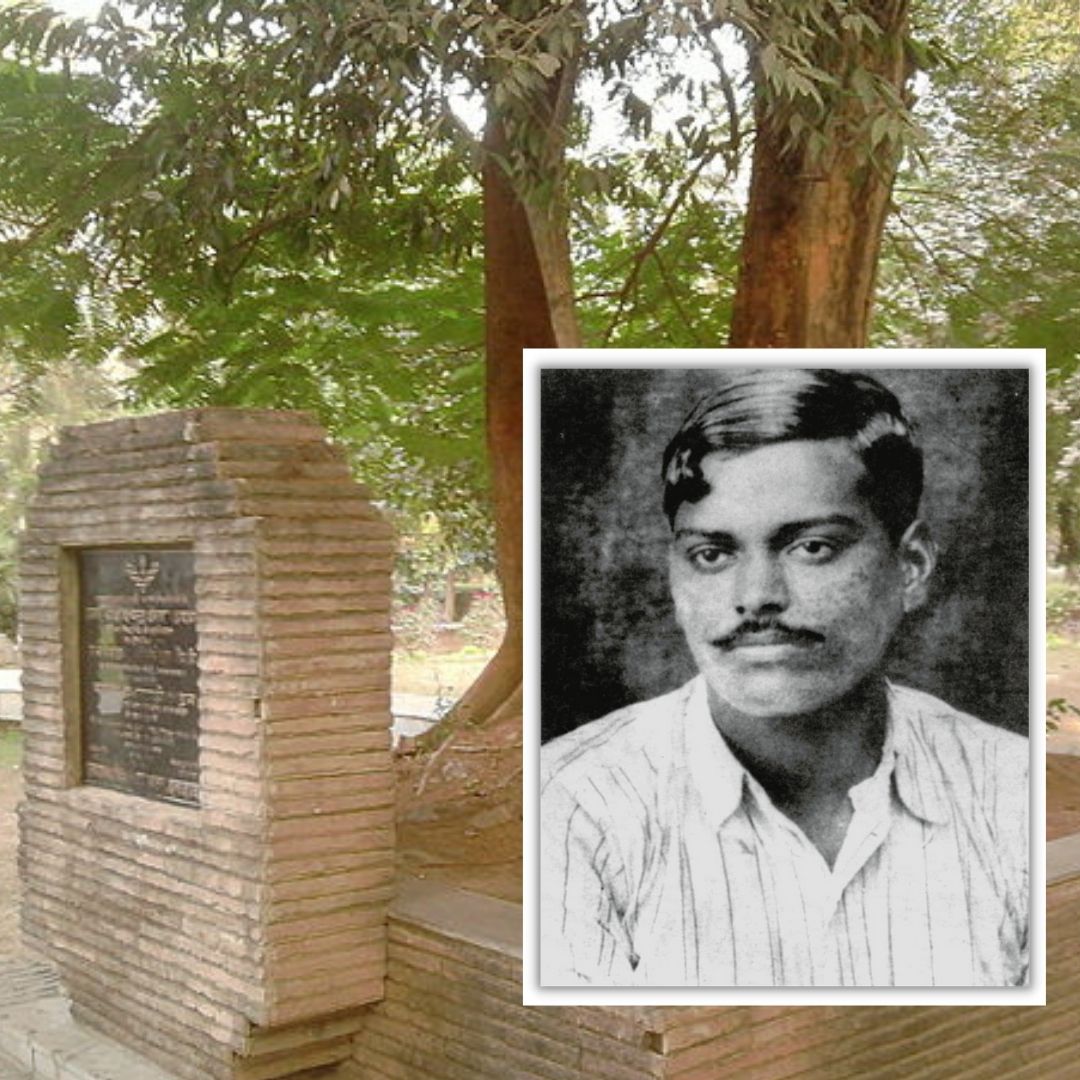
Image Credits: Wikimedia, Wikimedia
A Valiant Fighter! Remembering Chandrashekhar Azad's Legacy As A Freedom Fighter
Writer: Akanksha Saxena
I am a budding journalist who loves to write stories that have the ability to connect with people.
India, 27 Feb 2022 6:40 AM GMT
Editor : Ankita Singh |
A literature lover who likes delving deeper into a wide range of societal issues and expresses her opinions about the same. Keeps looking for best-read recommendations while enjoying her coffee and tea.
Creatives : Akanksha Saxena
I am a budding journalist who loves to write stories that have the ability to connect with people.
Chandrashekhar Azad's name is synonymous with that of Bhagat Singh, Ramprasad Bismil and Ashfaqullah Khan, who gave their all for the cause of the nation's independence from British colonialism.
When remembering India's brave freedom fighters, Chandra Shekhar Azad is remembered fondly. His undying love for the nation made him immortal in our country's history.
However, his death came as a big blow to the country. 91 years ago, he decided to shoot himself while the British police surrounded him in Allahabad's Alfred Park in 1931. Chandrashekhar Azad's sacrifice is forever etched in every Indian's mind, contributing to the country's eventual independence more than 15 years later in 1947.
For Chandra Shekhar Azad, India always came first. By incorporating unconventional ways to 'make the deaf hear', his fight challenged the British Raj gave the country a reason to come together and join the agitation. Many may not be aware that 'Azad' was not a part of his birth name. He was born Chandra Shekhar Tiwari on July 23, 1906, in Madhya Pradesh's Bhabhra village. During that time, it was a part of a princely state named Alirajpur.
While his family wished for him to become a Sanskrit scholar, destiny had other plans for Chandrashekhar. Therefore, he was sent to Kashi Vidyapeeth to pursue the same. He was just 15 years old when he joined the Non-Cooperation Movement in 1921, started by Mahatma Gandhi.
The movement was at its peak and continued to gain momentum when he was arrested on December 21. When presented before the magistrate, he declared that his name is 'Azad' (freedom in Urdu), 'swatantrata' being his father's name and his residence being jail. However, he was detained for 23 weeks, where he received 15 lashes daily as punishment.
Role In India's Freedom Struggle
The infamous Chauri Chaura incident led to the culmination of the Non-Cooperation Movement. Mahatma Gandhi's decision led to many disillusioned, which divided the independence struggle. During this time, Chandrashekhar Azad met a few revolutionaries who connected him to Ramprasad Bismil, founder of the Hindustan Republican Association (HRA).
Azad's involvement came to the fore during the Kakori train robbery in 1925. Under the leadership of Bismil and Ashfaqullah Khan, the group robbed a train headed to Lucknow that carried money for the British treasury. The attack was two-fold- to fund the association and to prevent the Indian cash from going to the imperialist hands.
After Ramprasad Bismil and Ashfaqullah Khan were given the death sentence, Azad reorganised the HRA, becoming the Hindustan Socialist Republican Association. Working closely with Bhagat Singh, they carried out activities to fight the British government, including shooting John P Saunders in Lahore to avenge Lala Lajpat Rai's death.
Being a skilful fighter and shooter, Azad rarely missed his targets. Not only that but he was also known as someone who would never be caught alive by the British. However, he came extremely close to it on February 27, 1931, when the imperial police knew his whereabouts. Azad was meeting one of the members of the HSRA in Alfred Park when the British cornered him from all ends. He hid behind a tree and fought them bravely with his gun. Towards the end, he had only one bullet left.
True to his words, he did not want the British to catch him alive. Therefore, he used the last bullet to kill himself and became a martyr for the country. Even today, people remember his sacrifice.
Also Read: Inspiring! Here's The Story How Anandibai Joshi Became India's First Female Doctor
 All section
All section














